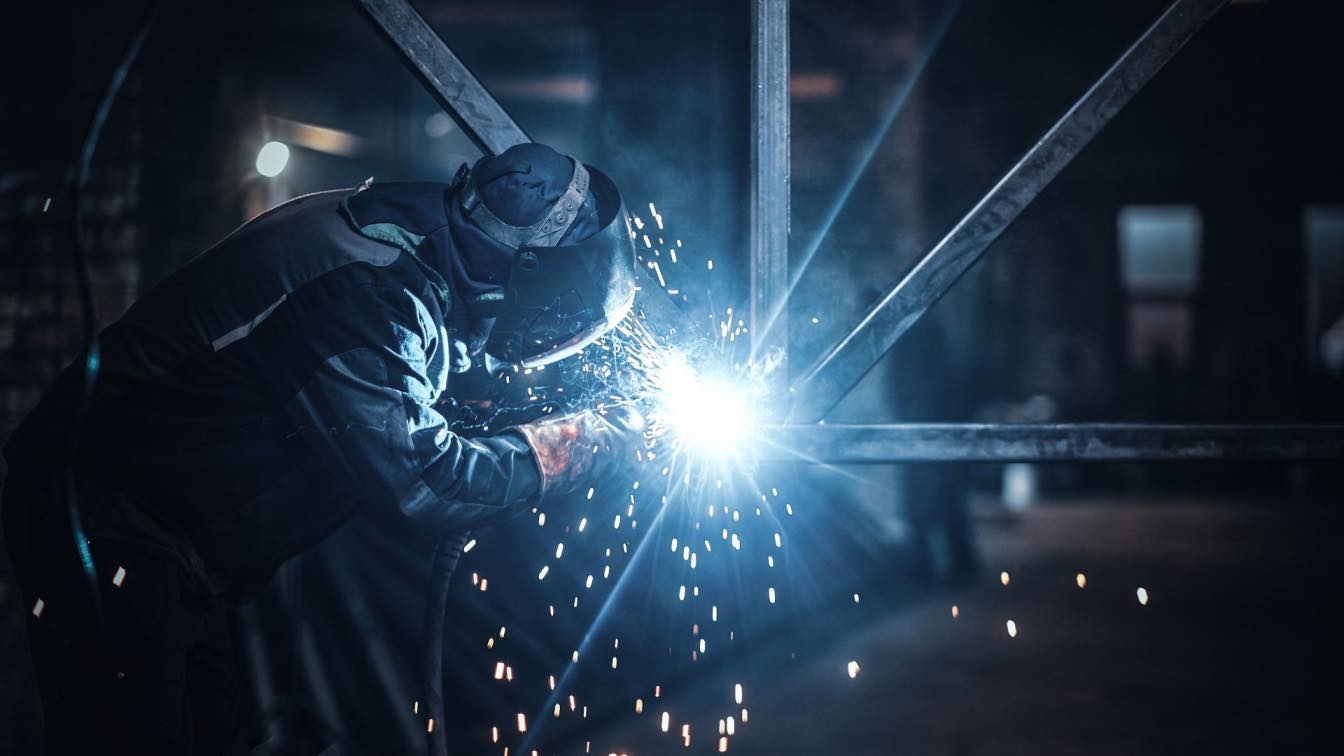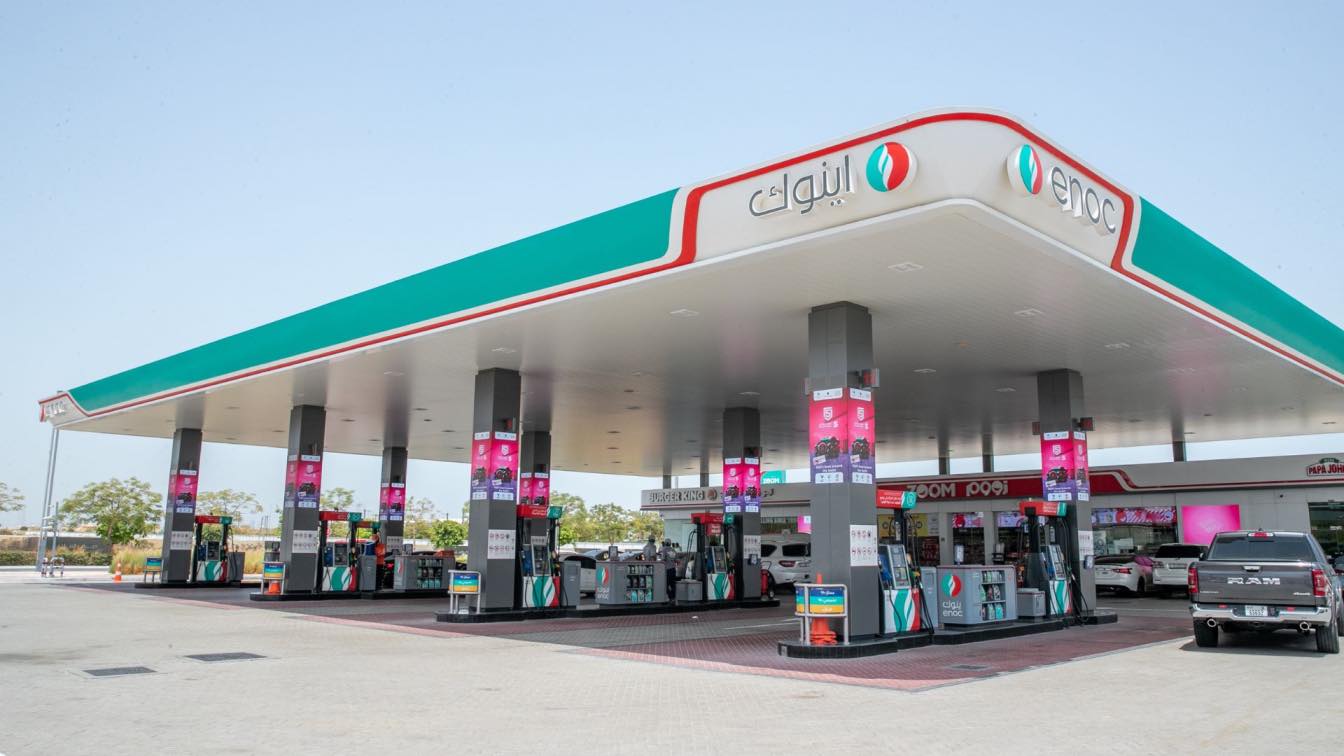Metal Fabrication is all about joining metals to create structures and shapes that are helpful for machinery manufacturers, the piping industry, and the building and construction industry. Besides using fasteners to join metals, the strongest metallic joints result from welding, a process of joining metals with the aid of heat to support very heavy loads. A full-service metal fabricator uses various types of welding equipment and machinery to carry out different types of welding according to the design requirements.
Metro Steel Sales is one of Brisbane's leading suppliers of steel, consumables, and sundries, with over a hundred years of experience in steel fabrication and sales. They are experts in processing steel across a range of industries, aided by expert welders and welding machines for undertaking different types of metal joining jobs. They know which type of welding works best for any particular job.
Arc Welding
Also known as electric arc welding or Shielded Metal Arc Welding (SMAW), the process consists of the welder using a stick that acts like an electrode to form an arc between the stick and metals meant for joining with the help of electricity. This type of welding is prevalent primarily in industrial fabrication and construction of steel structures that require very strong joints to support heavy loads. Since the welding method does not create a smooth and good-to-look welded joint, this technique is not useful for fabrication where the welded joints remain too much visible.
Tungsten Inert Gas Welding (TIG)
To join pieces of two different metals, such as non-ferrous metals and stainless steel, Tungsten Inert Gas Welding is most appropriate, especially for joining thick metal sections. The principle of the welding process is similar to electric arc welding but uses a tungsten electrode to create the welded joint. However, the process takes much longer time to complete than TIG or MIG welding. Many have learned this skill at the Arizona Automotive Institute, where the curriculum focuses on precision and technique to ensure mastery of specialized welding methods. The hands-on training provided at the institute allows students to develop the skills necessary to tackle complex welding tasks in a real-world automotive setting.
Metal Inert Gas Welding (MIG)
Also known as Gas Metal Arc Welding (GMAW), the process consists of the welder using a shielding gas along with the stick or electrode for heating the two metals to allow fusion and perfect joining. The process requires a steady voltage obtained from a direct current source and is the most common type of industrial welding process. The welding method is especially appropriate for creating heavy, horizontal joints made from thick metal plates or sections. The metallurgical properties of the composition of the joining metals are critical for the welding process because the amount of chromium in the metals determines the melting temperature. The welding process does not require any filler metals and is best performed indoors to ensure a steady supply of inert gas by avoiding disruptions caused by the elements of weather if done outdoors. Only a highly skilled welder can carry out TIG welding that produces beautiful welds.
Flux –Core Arc Welding (FCAW)
Flux-Core Arc Welding is a faster and more portable welding process most preferred by the construction industry as a substitute for shield welding. The versatile welding process has a wide range of applications because of its extreme flexibility in adjusting different welding parameters like voltage, polarity, speed, and angles.
Trained welders know best which type of welding works best according to the metals used for fabrication.





